Overview/Backstory

My first pair of Fischer skis were a discounted, past-season set of Hannibal 94s. The Hannibals were lightweight, affordable, and had a cool topsheet. I was a gram-counting, dime-counting, early twenty-something-year-old. So, a fitting purchase at the time. I used those skis on my first ever international ski trip to Argentina. Down there, the skis performed well enough in a “nothing to write home about” way. Halfway through the trip, I noticed the sidewall beginning to delaminate from the topsheet and the base. With epoxy and crossed fingers, the skis survived the vacation yet were rendered unusable by the end of the trip. I was gutted to have destroyed my new touring skis after just a season of use.
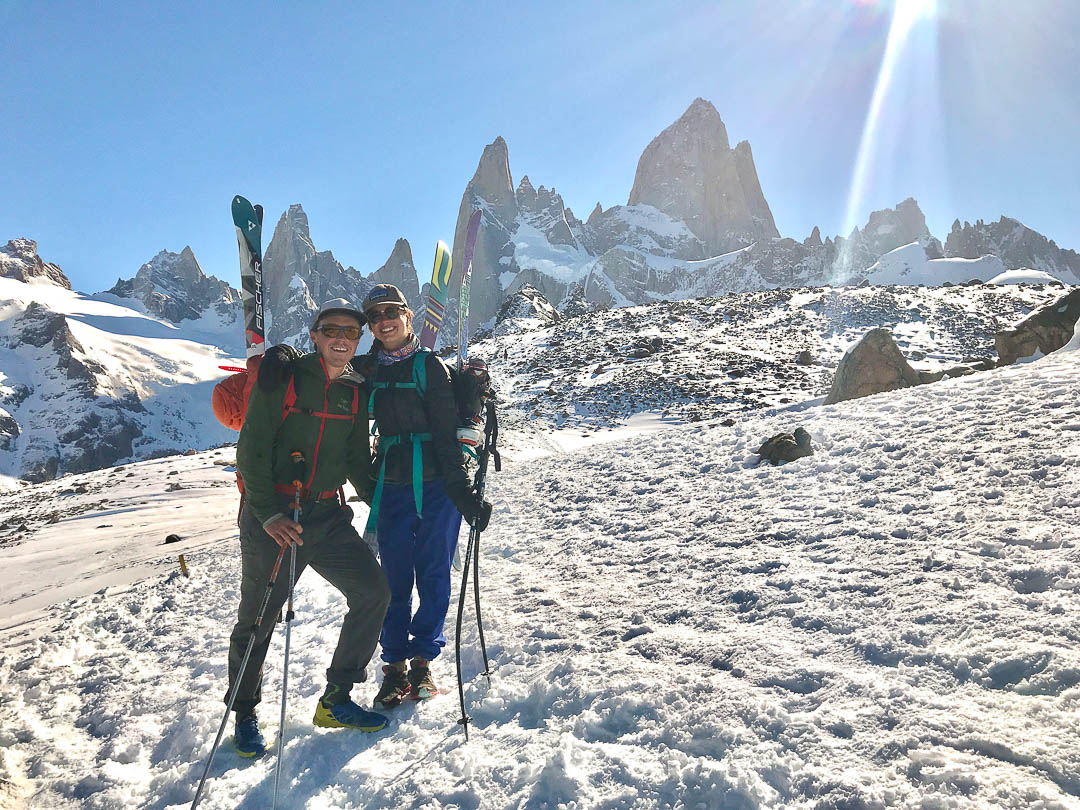
I returned to the States, and it was already late summer. I was in the market for new skis. I again found the best $/gram valued touring ski I could. Surprise surprise, it was another pair of Fischer Hannibals. This time, they were 88mm underfoot: A bit lighter AND cheaper than their 6mm-wider compatriot. The 88s survived the winter in Colorado, and then that spring, I found myself in Europe. It was the second day of our month-long stay and we went powder skiing on the Aiguille du Midi. I was comically under-gunned for 9,000′ gravity laps in my Alien RS boots and 88 underfoot skis (re: gram-counting meets Alps lift access). Somewhere low down on the Mer Glace, I smoked a rock—while chasing after our Fast French Friends. Between a grilled sandwich and miniature coffee at the cafe, I reluctantly inspected the damage: another major sidewall blowout.
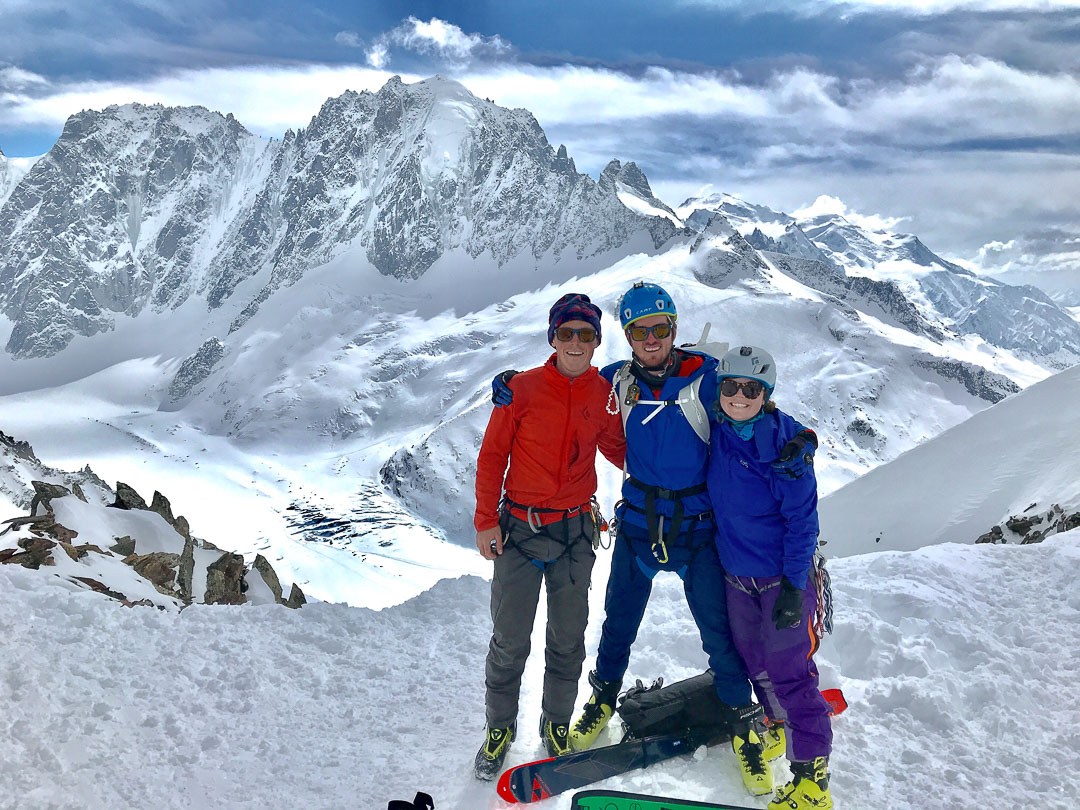
What’s the saying? Fool me twice; shame on you. Fool me thrice; shame on me? Something along those lines haunted my thoughts when receiving the new Fischer Transalp CTi 105s. Were these past ski failures my fault for recklessly skiing lightweight gear, Fischer’s fault for manufacturing defects, or just happenchance? It doesn’t matter which way the finger points. I was, needless to say, emotionally delicate when clicking into yet another set of Fischers at the beginning of the season.
Fischer replaced the Hannibal series of touring skis with the newly released and revamped Transalp lineup. That lineup includes waist width options of 65mm, 86mm, 92mm, 98mm & 105mm. I’d love to see a revised series with a wideroffering (~115mm) and maybe cutting the 92mm for redundancy’s sake. But that’s my armchair opinion, which comes from a particular climate/geography of the Interior American West. What came with the rebranding of the Transalp were svelte monochrome topsheet graphics, updated constructions and shapes, and, after a season of testing combined with past Hannibal experience, a more refined and higher performing touring ski.
I agree with the general idea around the First Look of the Transalp 105. Our shared first impression of the skis is as follows: “I expect that the Transalp 105 will be a versatile option, both as a daily driver and a safe bet for mid-winter high (Teton) peak skiing.” The 105 is a reliable, fun & high-performance option for mid-winter [and into spring] skiing. It’s not a powder ski, and it’s not an ultralight traverse ski. It has a goldilocks feel, being big enough to ski with confidence in a variety of conditions while also light enough to carry to far flung places.
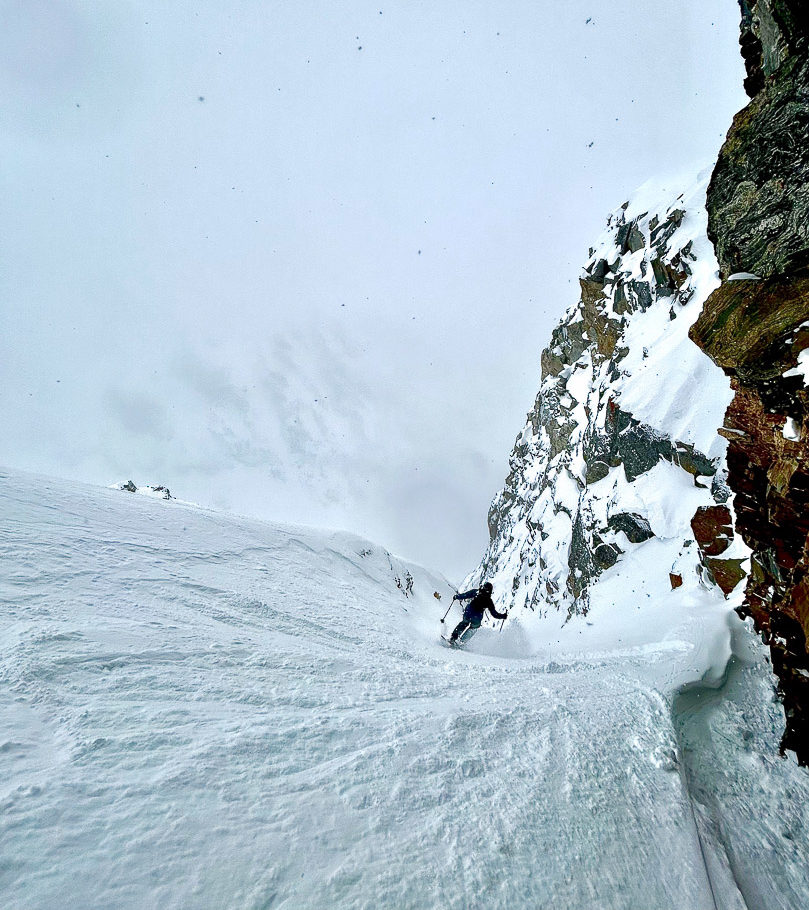
Design Highlights
The Transalp 105 CTi has a similar shape, profile and weight to other comparable high performance “all arounders” (all-arounder being self defined as a ~105mm waist width touring ski). The comparable options I have in mind are the Atomic Backland 107, Blizzard Zero G 105 and Black Crows Navis Freebird (the Navis being slightly heavier and slightly skinnier than the other three, but used in a similar application). They’re all about ~105mm underfoot and weigh ~1550g (the Navis being a bit beefed up at 1700g). They all share a similar profile of slight camber underfoot, rockered shovel tip and subtle rockered tapered tail. I was curious to distinguish the Transalp 105 within this high-performance all-arounder category. They all seem like great options. What is the character of the Transalp 105? How is it different from these similar offerings?
To set the stage, I’ll run through some additional stats & design features pulled from Gavin’s First Look:
Available lengths (cm): 164, 171, 178, 185.
- I tested the 178, being 6’0″ & 175lbs
Dimensions (mm): 139-105-124 [178]
Radius (m): 22
Mass (g): Claimed: 1580, Measured at 1558 and 1599g
Recommended Mount Position (cm from center): -10.
- This pair is mounted -9cm from center. Mounting at -8cm wouldn’t be too far forward and I’d consider it if mounting these skis again.
Construction Highlights: Paulownia core, partial ABS sidewall, carbon + shaped Titanal reinforcement.
- Durability update: There are no out-of-the-ordinary construction concerns to note after 50+ days of skiing; there are only expected scrapes and scratches. The rocker/camber profile still maintains its original shape. The edges are scuffed but not bent. The sidewalls are fully intact. This is a huge success in comparison to my past pairs of Hannibals.
Shape: Wide shovel, significant taper (15mm), medium-long radius
Profile: Gently rockered tip and faintly rockered tail, a bit of camber underfoot
Testing
I tested the Transalp 105 CTi with the also new Fischer Transalp Carbon boots (review coming soon) and Ski Trab Gara Titans bindings. This was an excellent pairing. So much so that my previous season’s “favorite ski/boot pairing ever” for hard snow—the Black Crows Navis Freebird & Tecnica Zero G Pro Tour—have largely sat idle. That, to me, feels like a loud testament to the performance of this new Transalp ski/boot duo.
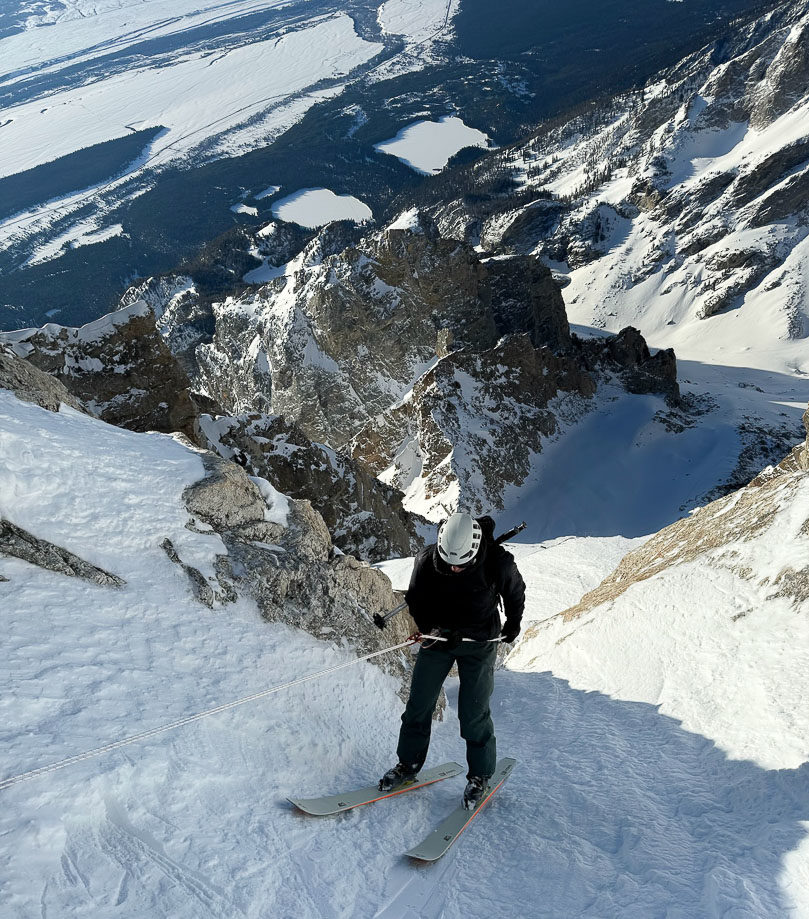
Hard Snow
I skied the 105 primarily in the Tetons, mostly as a high mountain ski, where I expected to find firm, soft, and/or unknown snow surfaces. So, my desired use case for the Fischers was the Swiss Army Knife ski. The 105 turned out to fill that role. In steep terrain, the 105 is able to jump turn with predictable edge control. Hopping and bouncing down technical terrain feels easy and energetic. When I reached for big ski objectives that were intimidating to me and wanted a security blanket feel from a ski—something comfortable and reliable—I’d choose the Transalps.
In comparison, my go-to steep snow ski before the Fischers were the coveted green skis (Navis Freebird). The Navis is damp and reliable but lacks liveliness. The Transalp is more snappy and dynamic than the Navis. I think this is due to the lighter swing weight of the Transalp, being 200g lighter. In addition, compared to the Transalp, the Backland 107 has a more rockered tip: Because of that, it feels like a less effective edge on hard snow. That made it feel less in control in steeper terrain. Lastly, in this side-by-side hard snow ski comparison debrief, the Blizzard Zero G 105 & Transalp felt similar: energetic, intuitive, and light. In steep and firm snow summary, the Transalp has a playful, energetic character that excels at slow, controlled speeds.
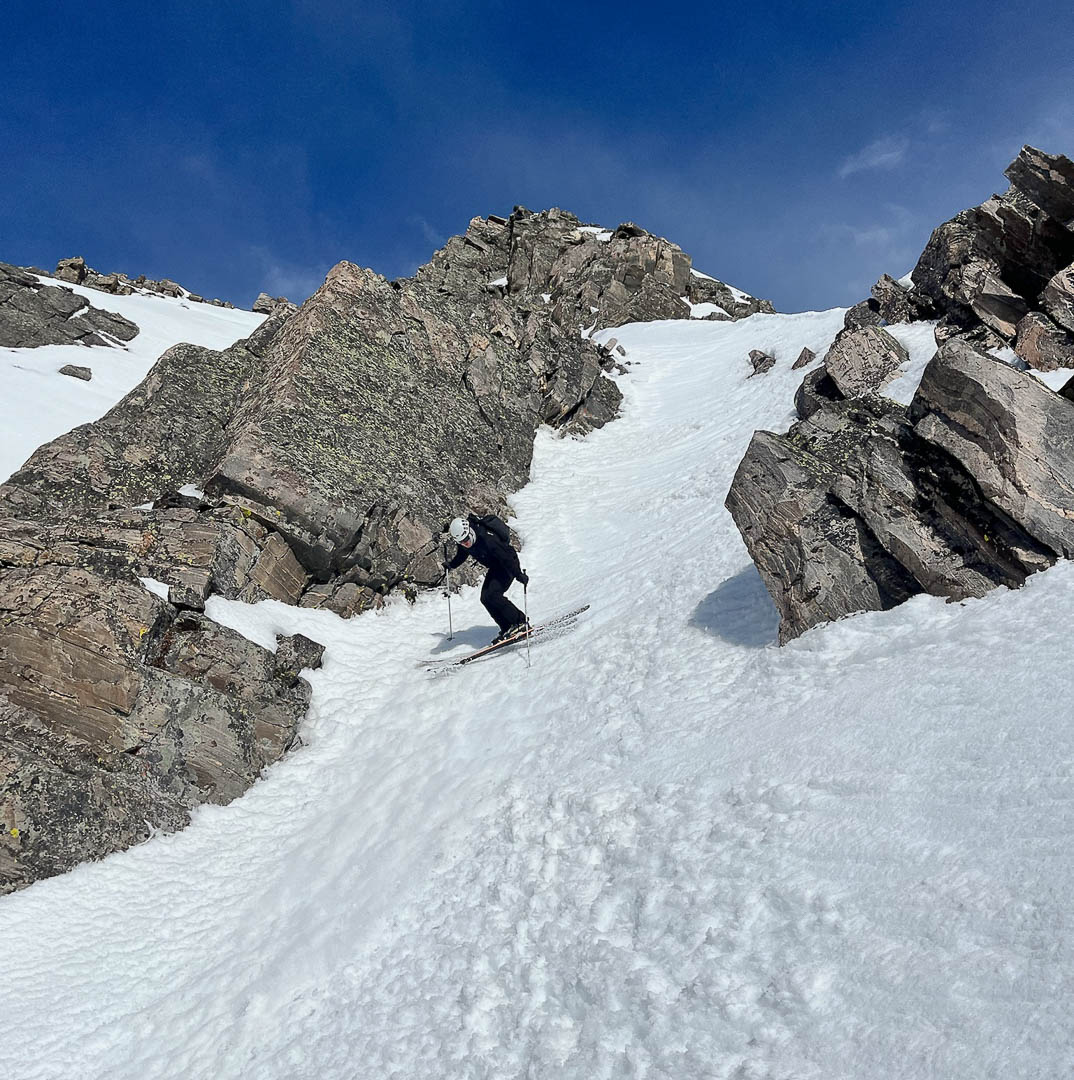
Soft Snow
The Transalp carves gracefully at higher speeds on bigger slopes in softer snow. I can feel (or, more realistically, personify) the Austrian-based company’s traditional roots. The ski is stable and damp, considering its 1500g price tag. It’s similarly damp to the Backland 107 (which I consider to excel at high speeds). The ski can initiate and follow through with big arching turns without getting tossed around (to an extent, of course, it is still 1500g). What the Fischers don’t do well is slash. It’s hard to disengage the tails at medium to high speeds. This is either a pro or a con, depending on who you ask. The Zero Gs get bounced around a bit more than the Transalp at higher speed, taking on a tingy carbon feel. However, the ZG 105 & Transalp have similar “traditional turn” character, maintaining full turn initiation and high speed edge control when making big fast ski tracks. The Navis, in comparison to the rest of the group, is stable yet dull at high speeds, and they turn predictably but without much pep or snap.
That sums up the “all-arounder” round-up in my mind. There’s infinite nuance when discussing ski character. Maybe it’s all just a way to fill space during those long walks uphill. Nonetheless, organizing thoughts in my head feels cathartic: this vs. that. The ultimate takeaway from this cross-comparison, as it pertains to the Transalp 105, is that I really like the ski. It’s playful and full of energy and I have a metric sh%t load of fun skiing it. The other honorable mentions in this post are great options too, but I’ll continue to reach for the new offering from Fischer for my ~105mm ski flavor of choice.
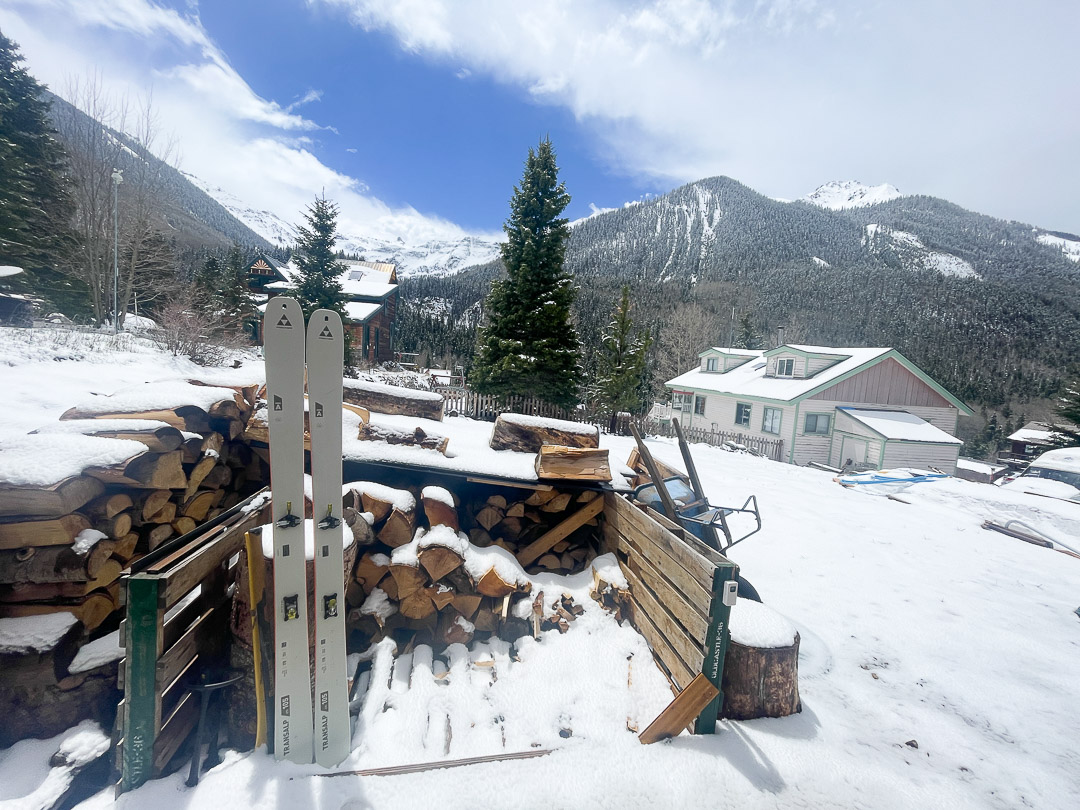
Final Thoughts
The widest of the Transalp series has taken the role of both my hard snow ski and long mission ski. They’re fun and flirty in steep terrain while only costing me 1500 grams of weight (yes I’m still a gram-counting, albeit slightly older version of my previously mentioned self). The Transalp 105s sit in similarly high regard to other popular high-performance touring skis such as the Backland 107, Navis Freebird, or Zero-G 105, but I’d define them as more playful than the rest. It’s May, and I will continue to reach for the Transalps if I’m looking for a bitchin’ backcountry outing.
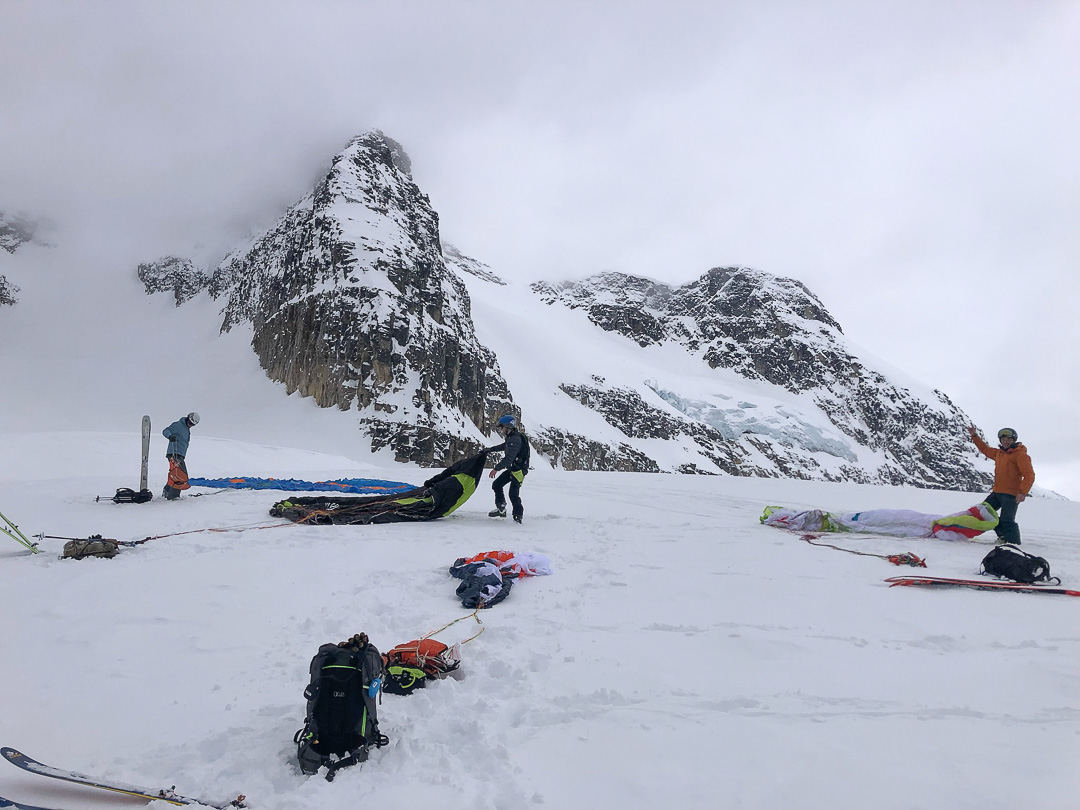

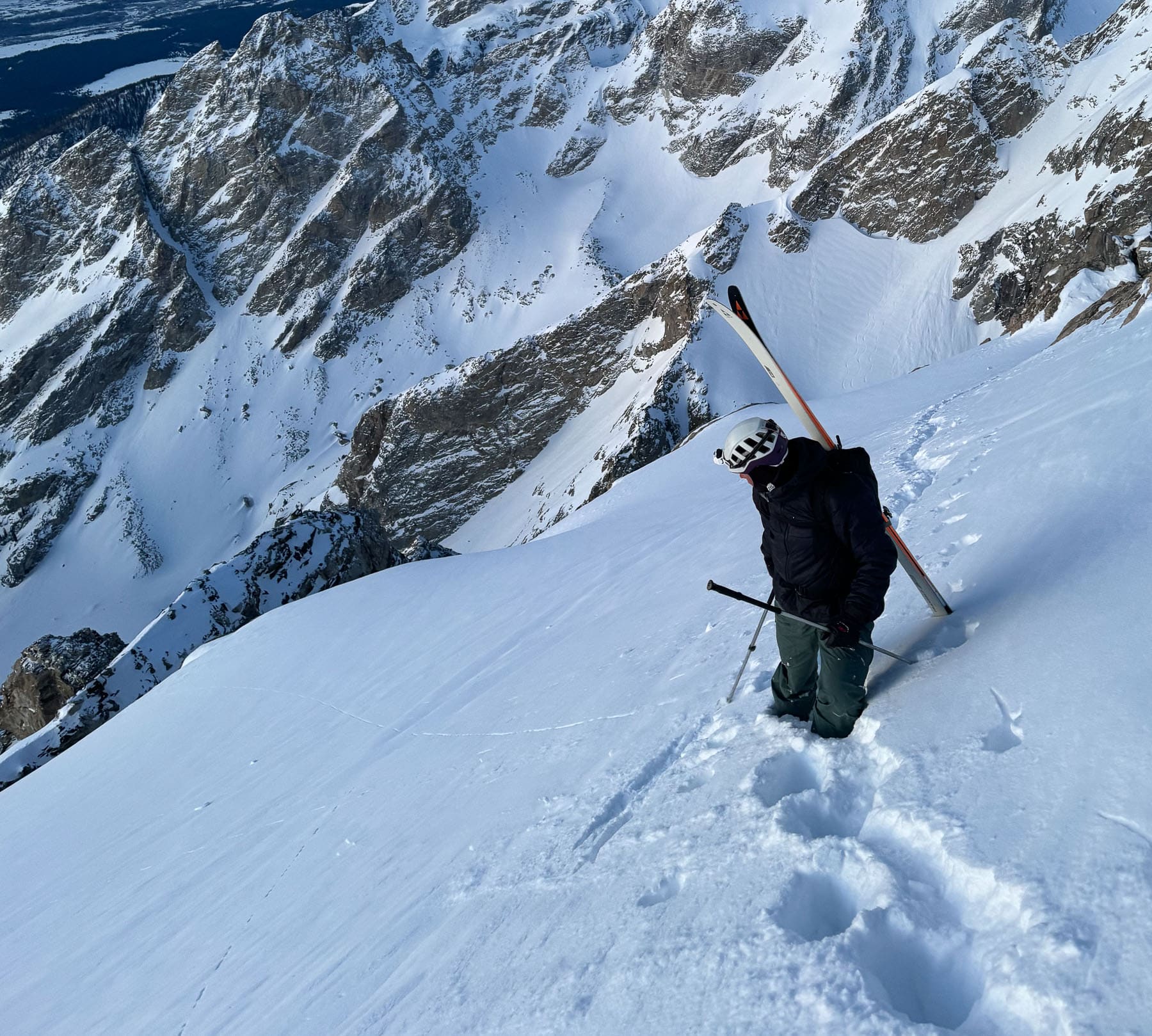




Leave a Reply
You must be logged in to post a comment.